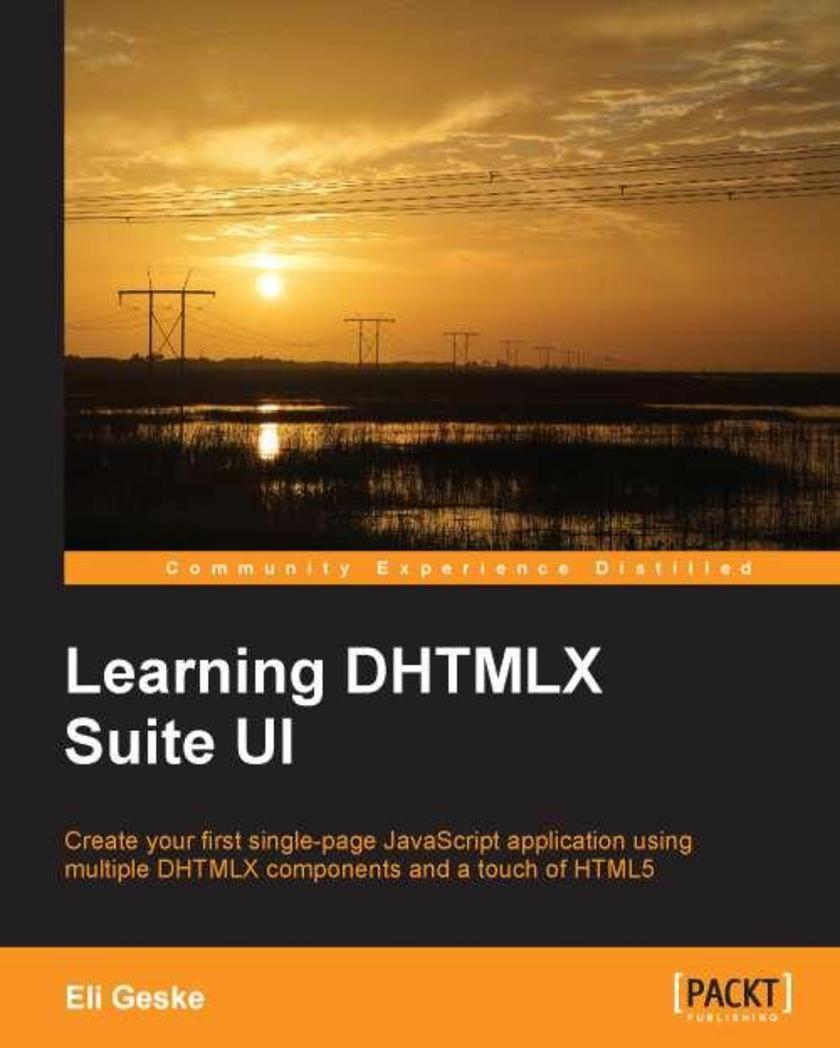
Learning DHTMLX Suite UI
¥54.49
A fast-paced, example-based guide to learning DHTMLX."Learning DHTMLX Suite UI" is for web designers who have a basic knowledge of JavaScript and who are looking for powerful tools that will give them an extra edge in their own application development. This book is also useful for experienced developers who wish to get started with DHTMLX without going through the trouble of learning its quirks through trial and error. Readers are expected to have some knowledge of JavaScript, HTML, Document Object Model, and the ability to install a local web server.
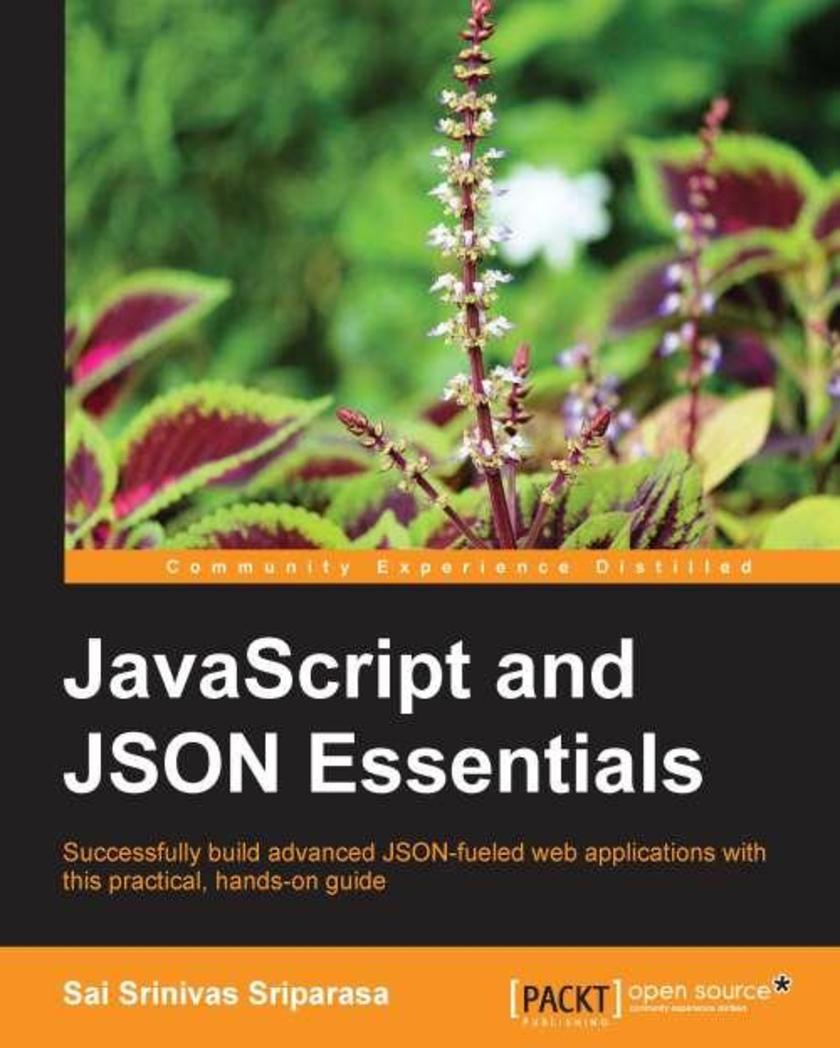
JavaScript and JSON
¥54.49
The book follows a tutorial-based approach and will teach you how to work with JSON tools, design JSON objects, and how to use different techniques to handle JSON data.This book is a great resource for developers who would like to learn more about JSON and who wish to apply it in their own projects. It will be useful to have some prior knowledge of HTML and JavaScript to help you understand the concepts covered in this book. Some familiarity with a server-side language such as PHP, C#, or Python would also be beneficial, but this is not compulsory.
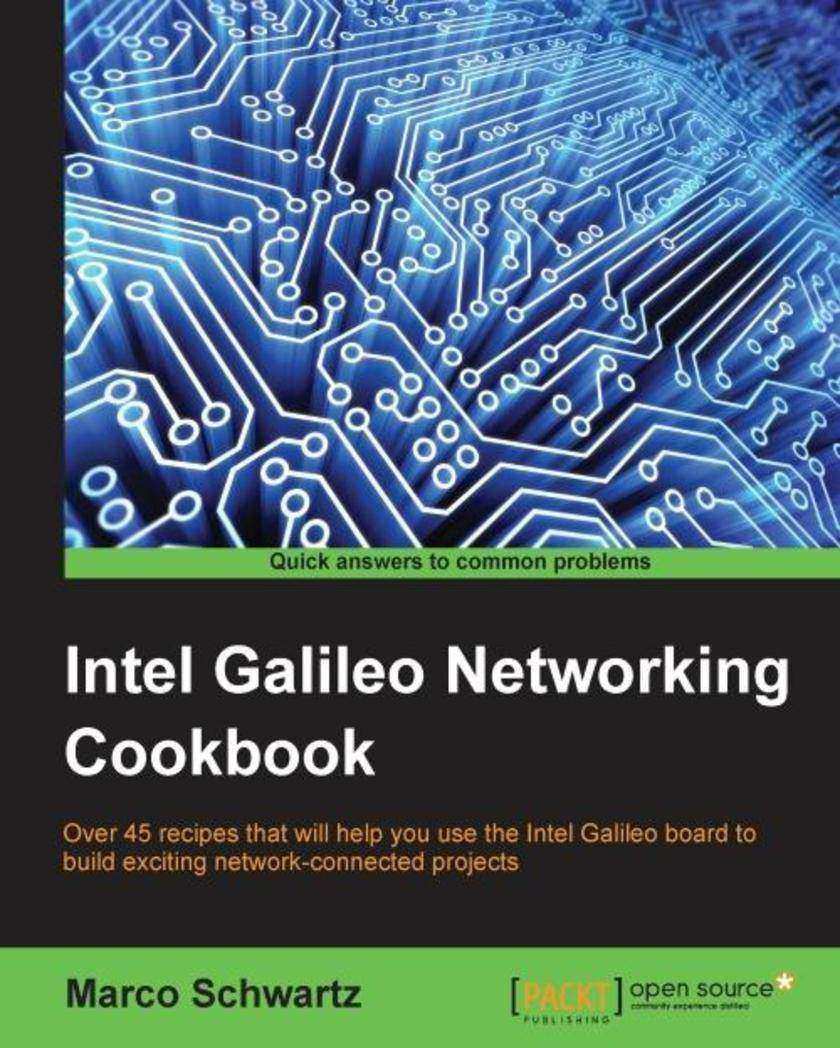
Intel Galileo Networking Cookbook
¥54.49
This book is intended for those who want to build exciting projects using the Intel Galileo board. It is for people who are already experienced in using more classic Arduino boards and want to extend their knowledge to the Intel Galileo board. It is also for people who want to learn about electronics and programming, and Intel Galileo is the perfect platform for this.

vBulletin: A Users Guide
¥54.49
Using a highly graphical, practical style the experienced authors show you how to get the most out of vBulletin. This book is written for new and intermediate users of vBulletin, who want to manage and maintain a vBulletin discussion forum as easily as possible. No experience of web programming is required.
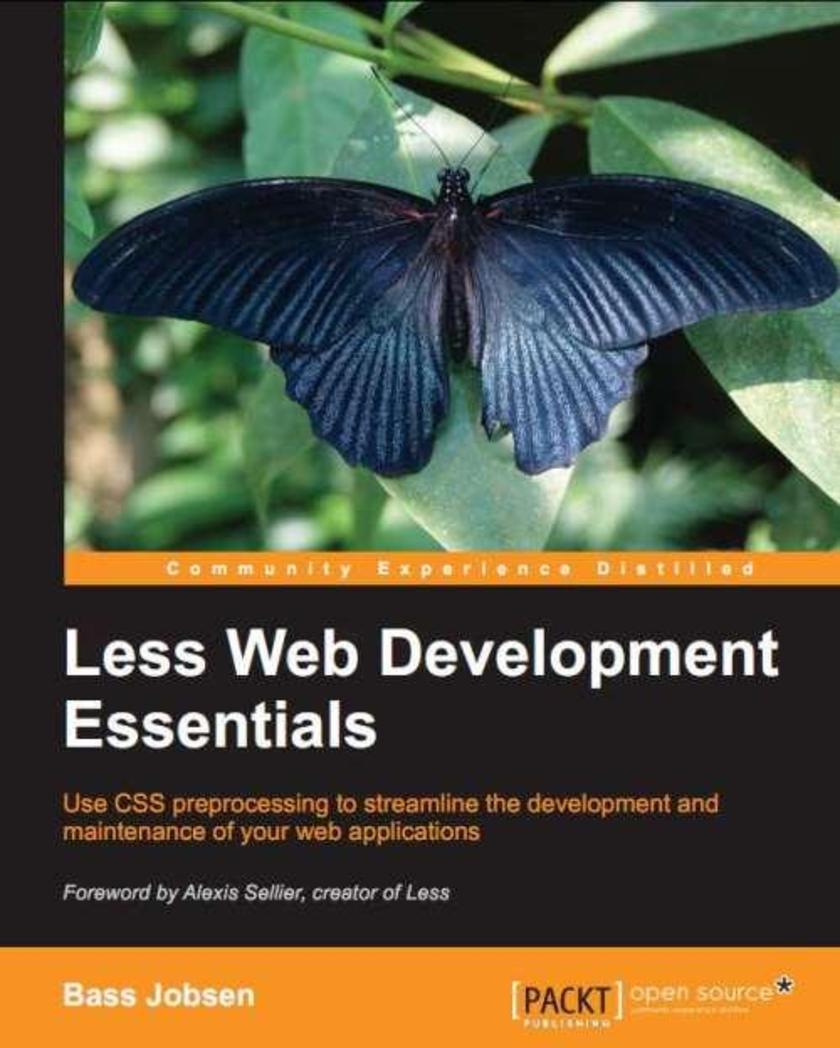
Less Web Development Essentials
¥54.49
Written in a practical and concise manner, this book is a crashcourse in teaching you the fundamental concepts of Less with reallife examples and problems. If you use CSS(3) in your web development tasks and would love to learn how to create maintainable and reusable code with Less, this book is ideal for you. Although you need to have some experience in web development, even beginners will find that this book is useful.
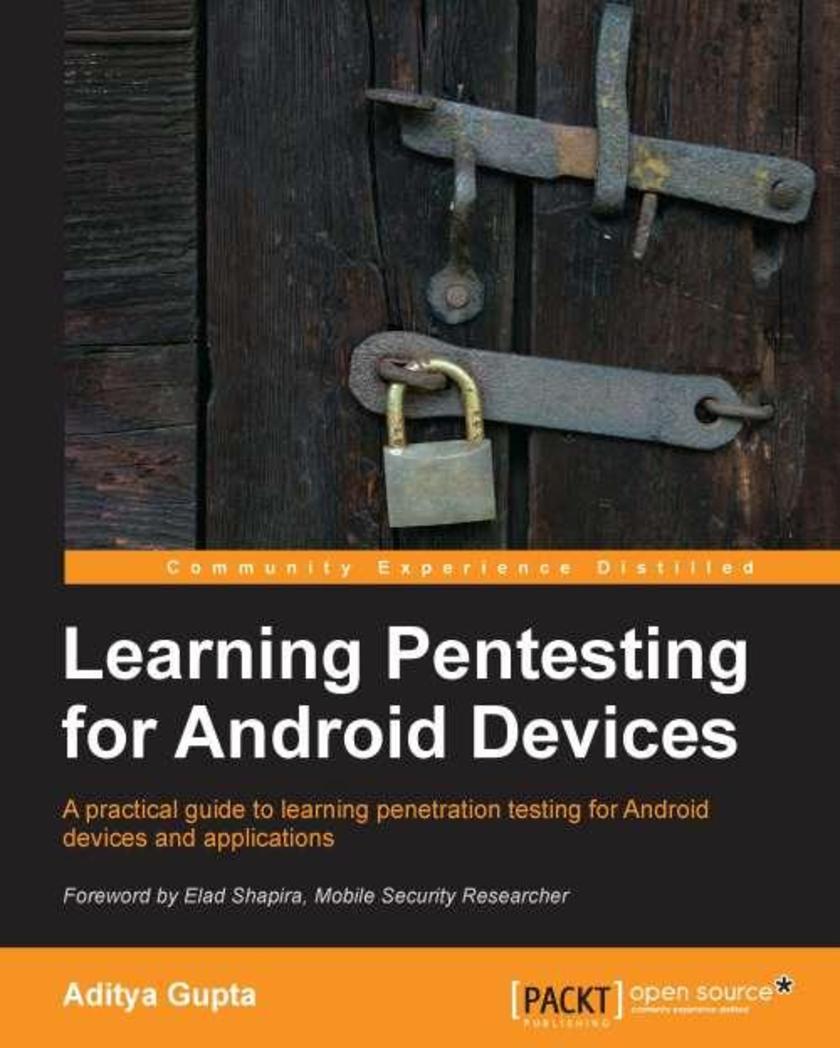
Learning Pentesting for Android
¥54.49
This is an easytofollow guide, full of handson and realworld examples of applications. Each of the vulnerabilities discussed in the book is accompanied with the practical approach to the vulnerability, and the underlying security issue. This book is intended for all those who are looking to get started in Android security or Android application penetration testing. You don’t need to be an Android developer to learn from this book, but it is highly recommended that developers have some experience in order to learn how to create secure applications for Android.
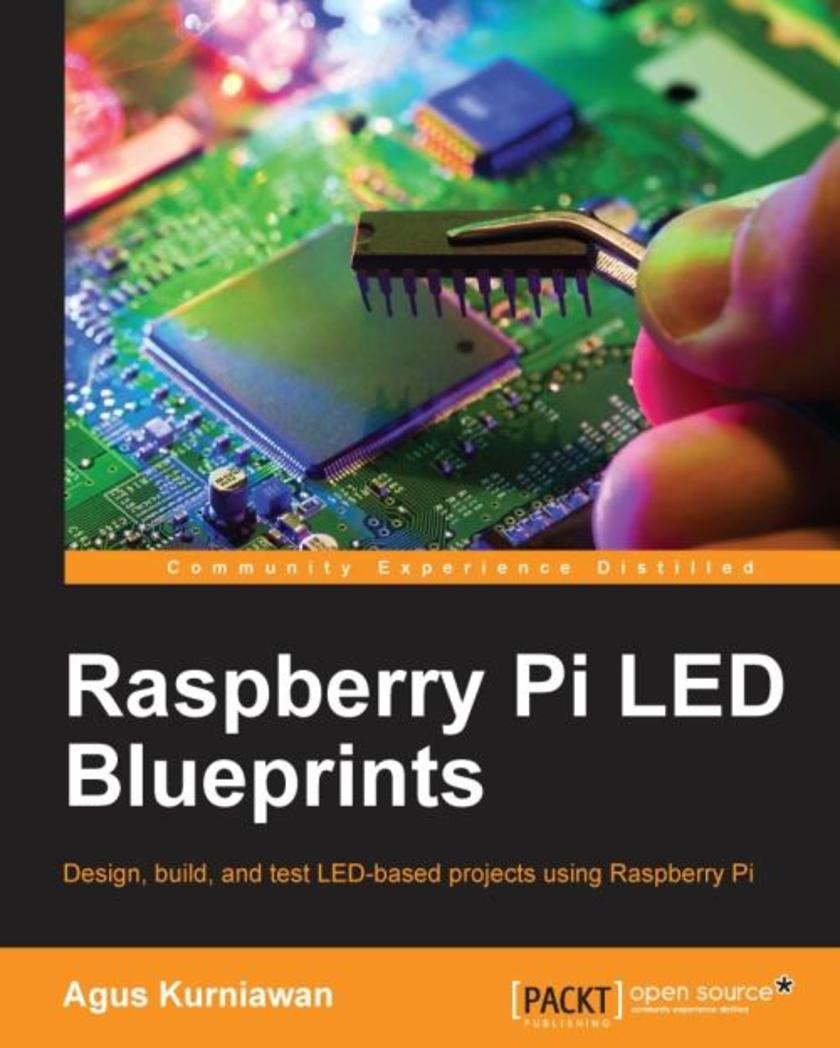
Raspberry Pi LED Blueprints
¥54.49
Design, build, and test LED-based projects using the Raspberry Pi About This Book Implement real LED-based projects for Raspberry Pi Learn to interface various LED modules such as LEDs, 7-segment, 4-digits 7 segment, and dot matrix to Raspberry Pi Get hands-on experience by exploring real-time LEDs with this project-based book Who This Book Is For This book is for those who want to learn how to build Raspberry Pi projects utilising LEDs, 7 segment, 4-digits 7 segment, and dot matrix modules. You also will learn to implement those modules in real applications, including interfacing with wireless modules and the Android mobile app. However, you don't need to have any previous experience with the Raspberry Pi or Android platforms. What You Will Learn Control LEDs, 7 segments, and 4-digits 7 segment from a Raspberry Pi Expand Raspberry Pi’s GPIO Build a countdown timer Build a digital clock display Display numbers and characters on dot matrix displays Build a traffic light controller Build a remote home light control with a Bluetooth low energy module and Android Build mobile Internet-controlled lamps with a wireless module and Android In Detail Blinking LED is a popular application when getting started in embedded development. By customizing and utilising LED-based modules into the Raspberry Pi board, exciting projects can be obtained. A countdown timer, a digital clock, a traffic light controller, and a remote light controller are a list of LED-based inspired project samples for Raspberry Pi. An LED is a simple actuator device that displays lighting and can be controlled easily from a Raspberry Pi. This book will provide you with the ability to control LEDs from Raspberry Pi, starting from describing an idea through designing and implementing several projects based on LEDs, such as, 7-segments, 4-digits 7 segment, and dot matrix displays. Beginning with step-by-step instructions on installation and configuration, this book can either be read from cover to cover or treated as an essential reference companion to your Raspberry Pi. Samples for the project application are provided such as a countdown timer, a digital clock, a traffic light controller, a remote light controller, and an LED-based Internet of Things, so you get more practice in the art of Raspberry Pi development. Raspberry Pi LED Blueprints is an essential reference guide full of practical solutions to help you build LED-based applications. Style and approach This book follows a step-by-step approach to LED-based development for Raspberry Pi, explained in a conversational and easy-to-follow style. Each topic is explained sequentially in the process of building an application, and detailed explanations of the basic and advanced features are included.
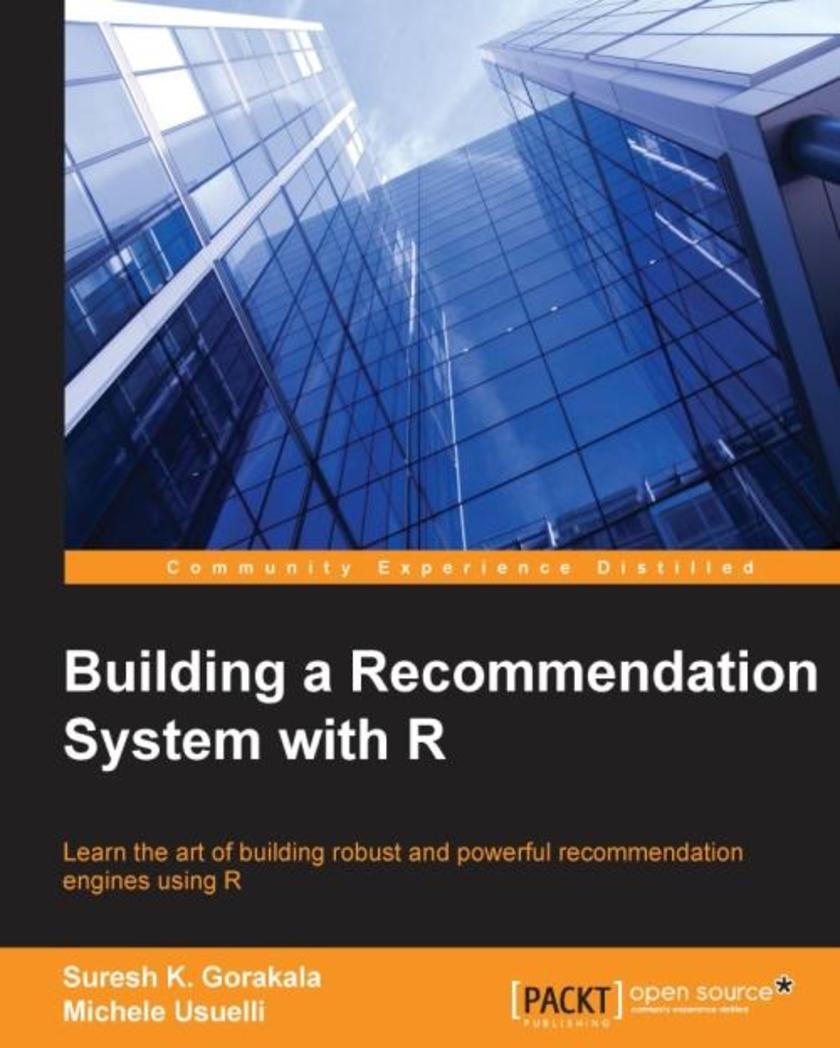
Building a Recommendation System with R
¥54.49
Learn the art of building robust and powerful recommendation engines using R About This Book Learn to exploit various data mining techniques Understand some of the most popular recommendation techniques This is a step-by-step guide full of real-world examples to help you build and optimize recommendation engines Who This Book Is For If you are a competent developer with some knowledge of machine learning and R, and want to further enhance your skills to build recommendation systems, then this book is for you. What You Will Learn Get to grips with the most important branches of recommendation Understand various data processing and data mining techniques Evaluate and optimize the recommendation algorithms Prepare and structure the data before building models Discover different recommender systems along with their implementation in R Explore various evaluation techniques used in recommender systems Get to know about recommenderlab, an R package, and understand how to optimize it to build efficient recommendation systems In Detail A recommendation system performs extensive data analysis in order to generate suggestions to its users about what might interest them. R has recently become one of the most popular programming languages for the data analysis. Its structure allows you to interactively explore the data and its modules contain the most cutting-edge techniques thanks to its wide international community. This distinctive feature of the R language makes it a preferred choice for developers who are looking to build recommendation systems. The book will help you understand how to build recommender systems using R. It starts off by explaining the basics of data mining and machine learning. Next, you will be familiarized with how to build and optimize recommender models using R. Following that, you will be given an overview of the most popular recommendation techniques. Finally, you will learn to implement all the concepts you have learned throughout the book to build a recommender system. Style and approach This is a step-by-step guide that will take you through a series of core tasks. Every task is explained in detail with the help of practical examples.
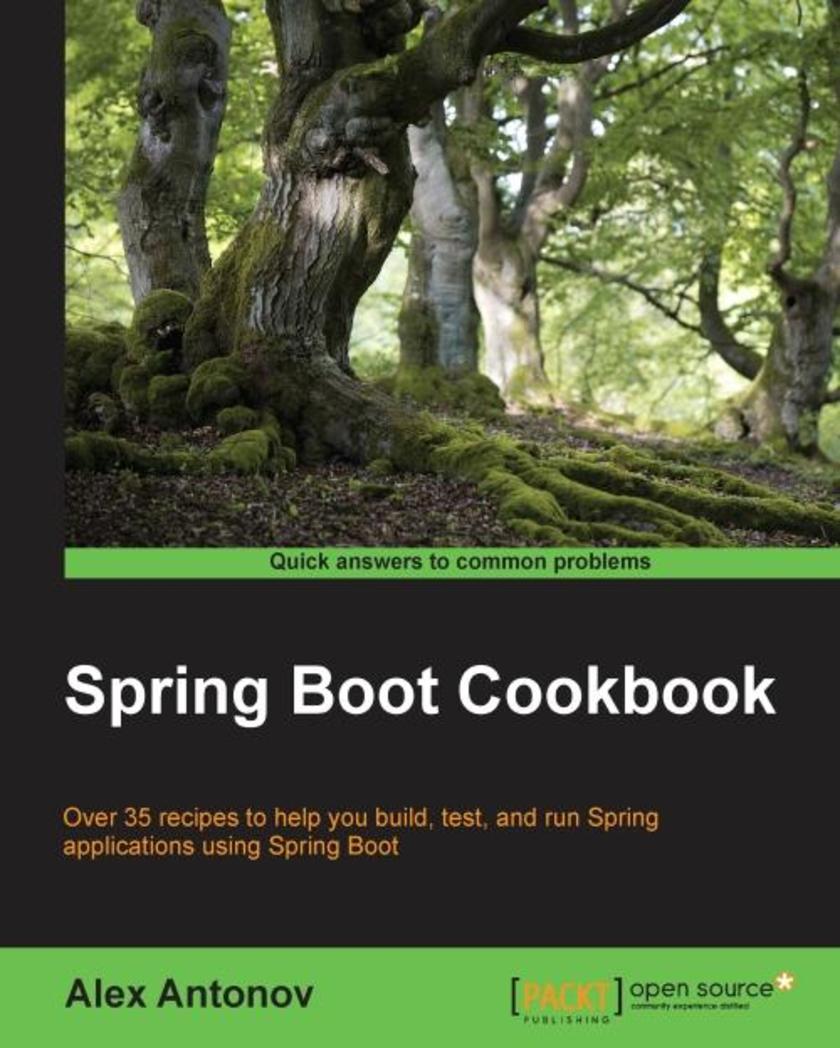
Spring Boot Cookbook
¥54.49
Over 35 recipes to help you build, test, and run Spring applications using Spring Boot About This Book Learn to create different types of Spring Boot applications, configure behavior, and add custom components Become more efficient in testing, deploying, and monitoring Spring Boot based applications This is a practical guide that will help Spring developers to develop and deploy applications using Spring Boot Who This Book Is For If you are a Spring Developer who has good knowledge level and understanding of Spring Boot and application development and now want to learn efficient Spring Boot development techniques in order to make the existing development process more efficient, then this book is for you. What You Will Learn Create Spring Boot applications from scratch Configure and tune web applications and containers Create custom Spring Boot auto-configurations and starters Use Spring Boot Test framework with JUnit, Cucumber, and Spock Configure and tune web applications and containers Deploy Spring Boot as self-starting executables and Docker containers Monitor data using DropWizard, Graphite, and Dashing In Detail Spring Boot is Spring's convention-over-configuration solution. This feature makes it easy to create Spring applications and services with absolute minimum fuss. Spring Boot has the great ability to be customized and enhanced, and is specifically designed to simplify development of a new Spring application. This book will provide many detailed insights about the inner workings of Spring Boot, as well as tips and recipes to integrate the third-party frameworks and components needed to build complex enterprise-scale applications. The book starts with an overview of the important and useful Spring Boot starters that are included in the framework, and teaches you to create and add custom Servlet Filters, Interceptors, Converters, Formatters, and PropertyEditors to a Spring Boot web application. Next it will cover configuring custom routing rules and patterns, adding additional static asset paths, and adding and modifying servlet container connectors and other properties such as enabling SSL. Moving on, the book will teach you how to create custom Spring Boot Starters, and explore different techniques to test Spring Boot applications. Next, the book will show you examples of configuring your build to produce Docker images and self-executing binary files for Linux/OSX environments. Finally, the book will teach you how to create custom health indicators, and access monitoring data via HTTP and JMX. Style and approach This book is a cohesive collection of recipes that provide developers with a set of connected guidelines on how to build, configure, and customize their application, starting from the design and development stages, all the way through testing, deployment, and production monitoring.
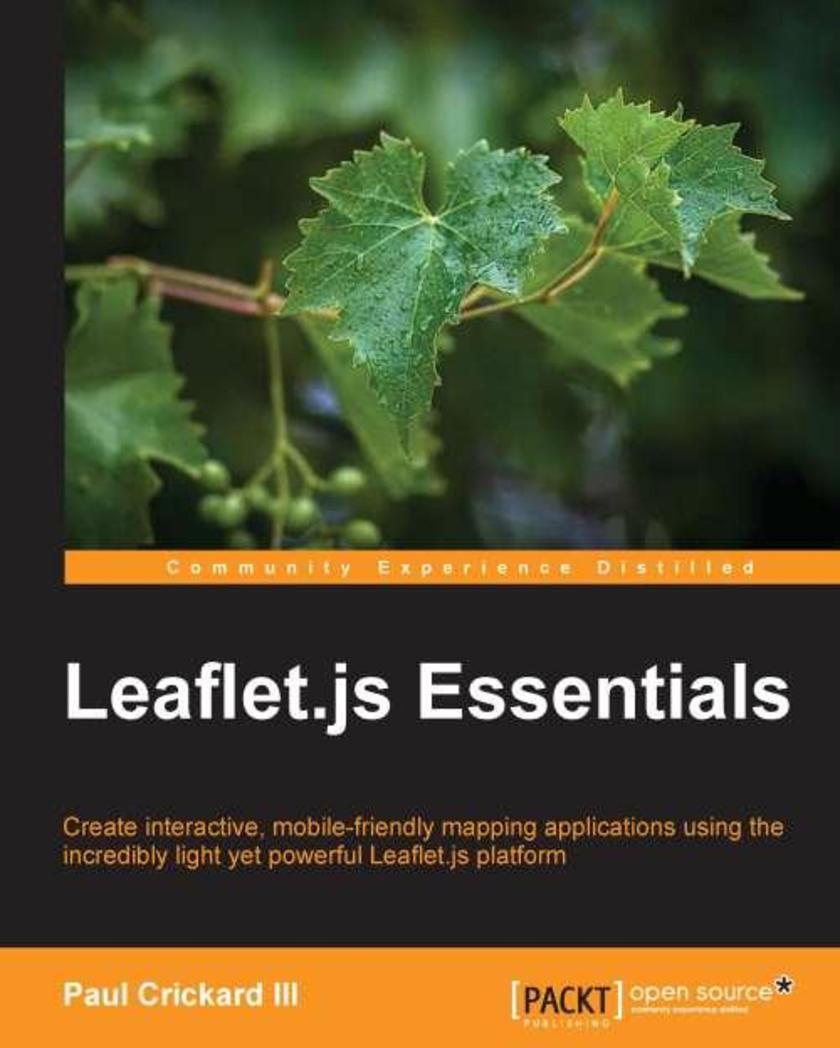
Leaflet Essentials
¥54.49
If you are a web developer working with geospatial concepts and mapping APIs, and you want to learn Leaflet to create mapping solutions, this book is for you. You need to have a basic knowledge of working with JavaScript and performing web application development.
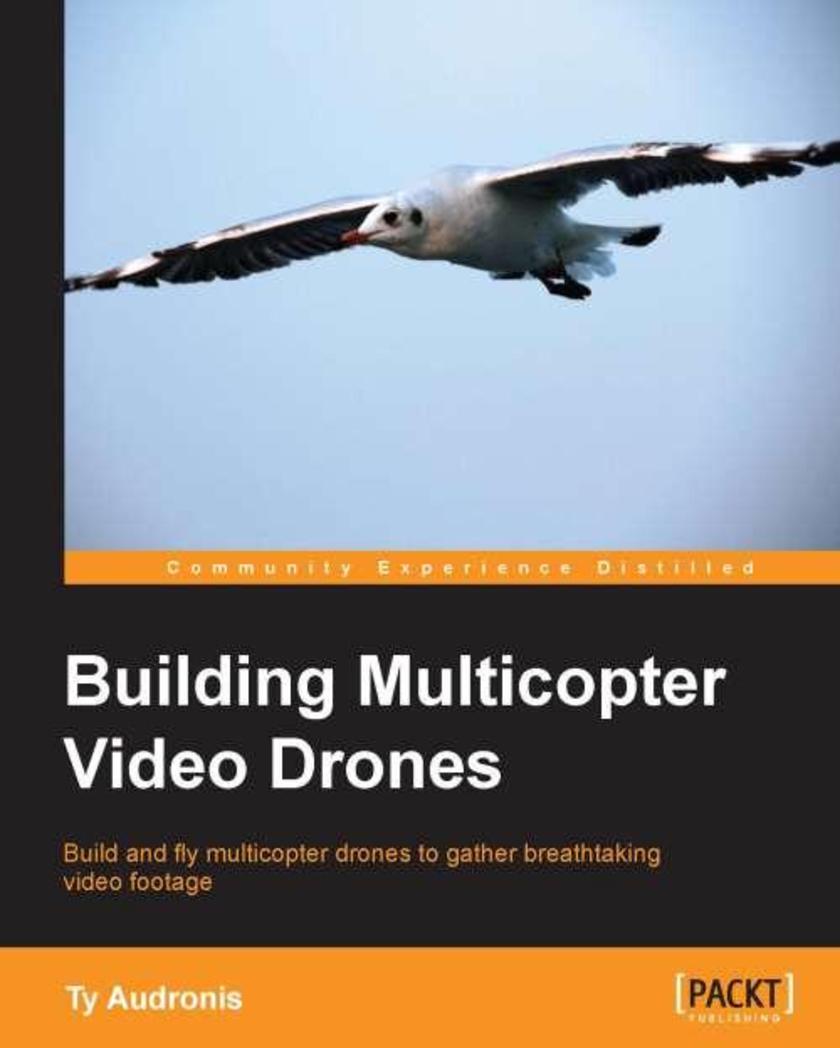
Building Multicopter Video Drones
¥54.49
This book is for a wide range of individuals who are looking to shoot aerial footage with a multicopter. No previous flying experience is assumed, but even the most expert flyers will find unexpected and interesting information.
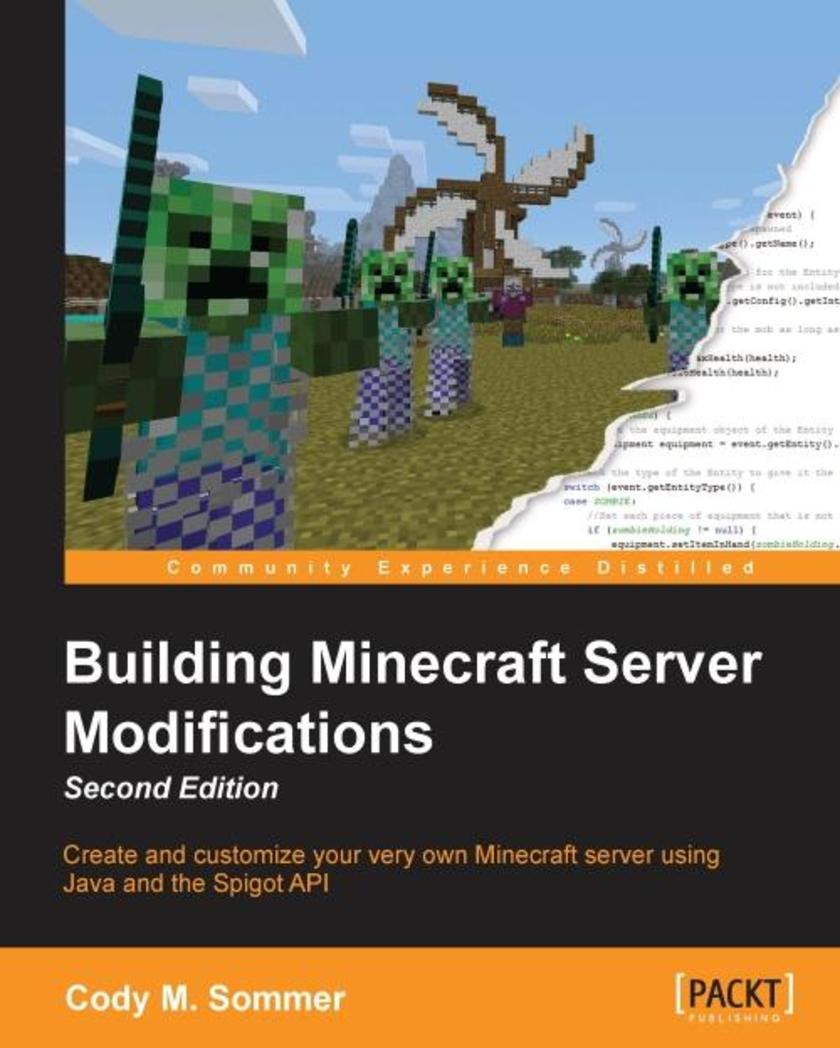
Building Minecraft Server Modifications - Second Edition
¥54.49
Create and customize your very own Minecraft server using Java and the Spigot API About This Book Set up a Minecraft server that you control Use object-oriented programming to modify Minecraft regardless of your level of experience This interactive guide will help you create a unique experience for you and your friends Who This Book Is For This book is great for anyone who is interested in customizing their Minecraft server. Whether you are new to programming, Java, Bukkit, or even Minecraft itself, this book has you covered. All you need is a valid Minecraft account. If you are interested in programming as a career or hobby, this book will get you started. If you are simply interested in playing Minecraft with your friends, then this book will help you make that experience even more enjoyable. What You Will Learn Install and run a Spigot server for free on your home PC Adjust the server settings to customize Minecraft to your liking Install an IDE and configure a project to write code Install and test plugins on a Spigot server Test your plugins through debugging the code Program in game commands and permissions Get to know advanced programming concepts such as event-driven programming, configuration files, saving/loading data, and scheduled tasks Implement configuration files to make your plugins customizable Save and load your plugin's data to persist across server restarts In Detail Minecraft is a sandbox game that allows you to play it in any way you want. Coupled with a multiplayer server powered by Spigot, you can customize the game even more! Using the Bukkit API, anyone interested in learning how to program can control their Minecraft world by developing server plugins. This book is a great introduction to software development through the wonderful world of Minecraft. We start by instructing you through how to set up your home PC for Minecraft server development. This includes an IDE complete with the required libraries as well as a Spigot server to test on. You will be guided through writing code for several different plugins. Each chapter teaches you new skills to create plugins of increasing complexity, and each plugin adds a new concept of the Bukkit API By the end of the book, you will have all the knowledge you need about the API to successfully create any type of plugin. You can then practice and build your Java skills through developing more mods for their server. Style and approach This hands-on guide is filled with interactive examples to help you modify Minecraft. Programming terms and concepts are explained along the way so even those who have never written code before can keep up.
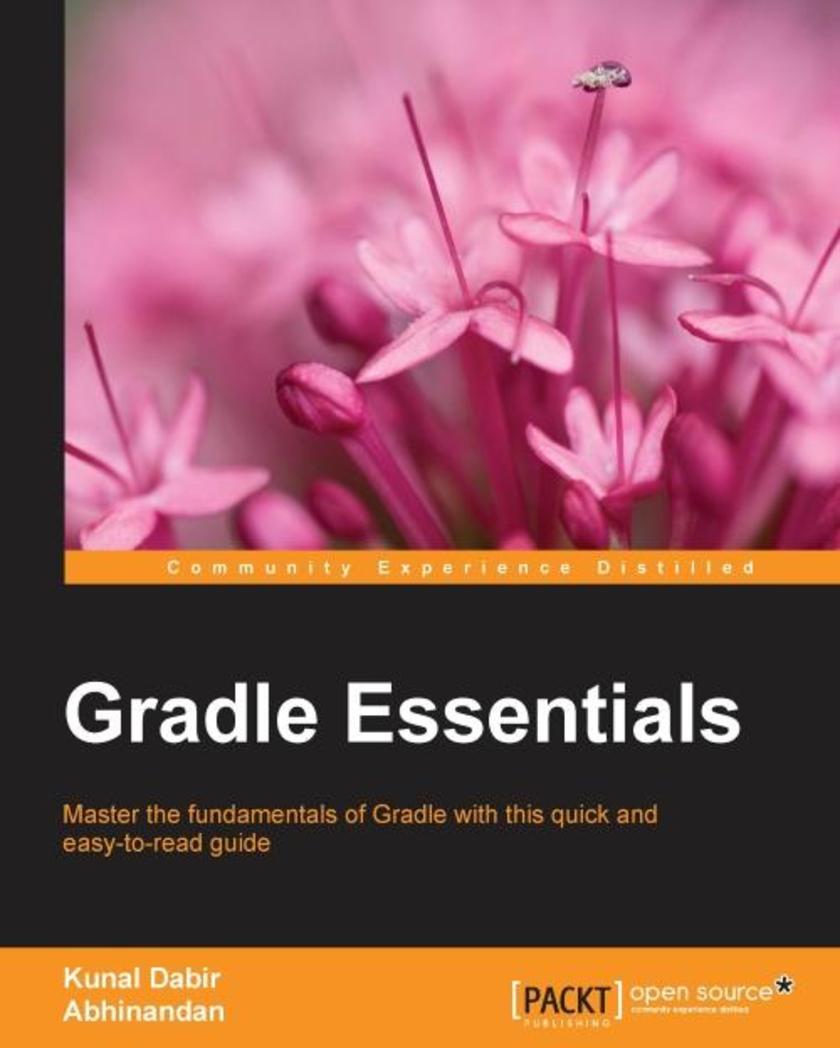
Gradle Essentials
¥54.49
Master the fundamentals of Gradle using real-world projects with this quick and easy-to-read guide About This Book Write beautiful build *s for various types of projects effortlessly Become more productive by harnessing the power and elegance of the Gradle DSL Learn how to use Gradle quickly and effectively with this step-by-step guide Who This Book Is For This book is for Java and other JVM-based language developers who want to use Gradle or are already using Gradle on their projects. No prior knowledge of Gradle is required, but some familiarity with build-related terminologies and an understanding of the Java language would help. What You Will Learn Master the Gradle DSL by identifying the building blocks Learn just enough Groovy for Gradle Set up tests and reports for your projects to make them CI ready Create library, stand-alone, and web projects Craft multi-module projects quickly and efficiently Migrate existing projects to a modern Gradle build Extract common build logic into plugins Write builds for languages like Java, Groovy, and Scala In Detail Gradle is an advanced and modern build automation tool. It inherits the best elements of the past generation of build tools, but it also differs and innovates to bring terseness, elegance, simplicity, and the flexibility to build. Right from installing Gradle and writing your first build file to creating a fully-fledged multi-module project build, this book will guide you through its topics in a step-by-step fashion. You will get your hands dirty with a simple Java project built with Gradle and go on to build web applications that are run with Jetty or Tomcat. We take a unique approach towards explaining the DSL using the Gradle API, which makes the DSL more accessible and intuitive. All in all, this book is a concise guide to help you decipher the Gradle build files, covering the essential topics that are most useful in real-world projects. With every chapter, you will learn a new topic and be able to readily implement your build files. Style and approach This step-by-step guide focuses on being productive with every chapter. When required, topics are explained in-depth to give you a good foundation of the Gradle fundamentals. The book covers most aspects of builds required for conventional JVM-based projects, and when necessary, points you towards the right resources.
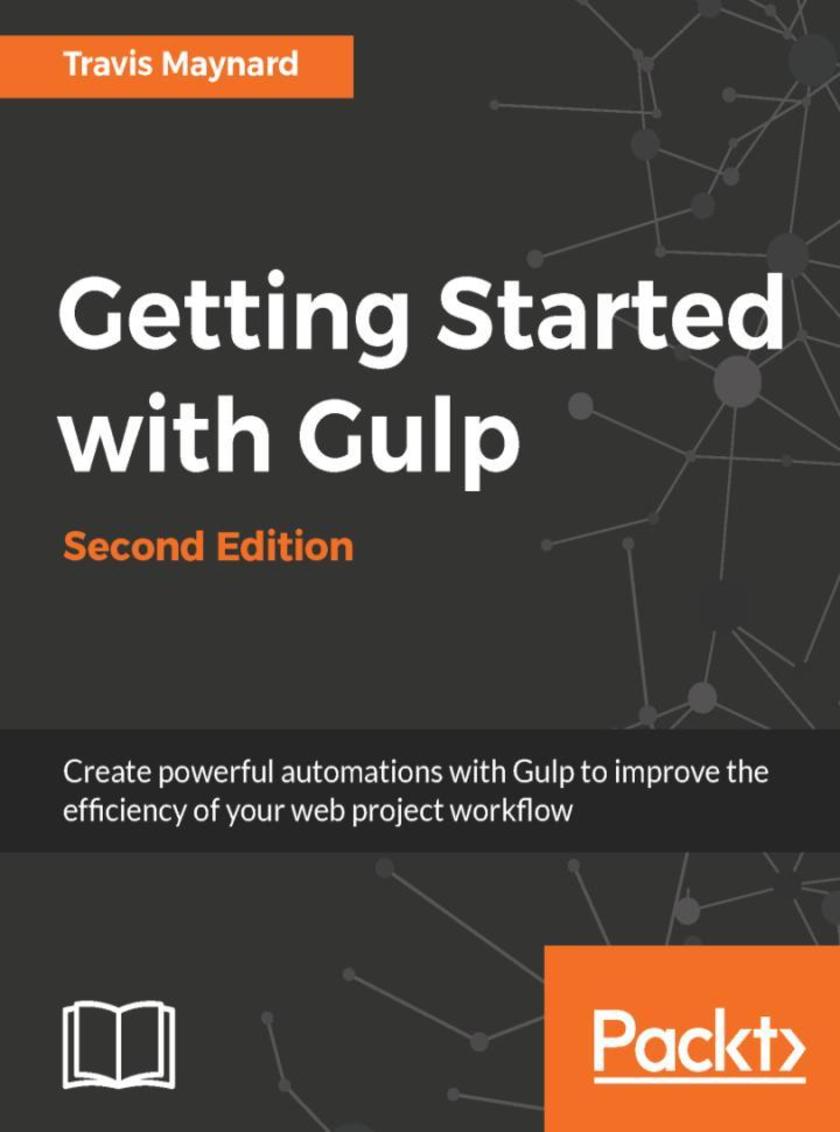
Getting Started with Gulp – Second Edition
¥54.49
"Key Features ?Gain a solid understanding of Gulp and write your own custom tasks from scratch ?Discover ways to add additional functionality to improve your tasks ?Get up-and-running with new features added to the latest version of Gulp Book De*ion This book is a hands-on guide to get you up to speed with gulp. You will quickly learn how to install, configure, and run your own build system. It will instill you with the ability to automate several common development tasks to vastly improve your development workflow. This book first demonstrates various Gulp use cases before running through the steps of configuring, running, and customizing Gulp, providing you with core concepts of gulp, node.js, and npm. Diving a bit deeper into the gulp ecosystem, we will discuss when and why to use a node module instead of a gulp plugin. We will also go over a few issues that we can run into while using gulp and learn about ways to work around them to improve your gulp experience. By the end of this book, you will be able to create your very own gulp build from scratch, create and maintain tasks and project builds, and automate your workflow with plugins and custom tasks. What you will learn ?How to use a command-line interface. ?Learn about Gulp, Node.js, and npm and how they work together. ?Create a Gulpfile from scratch and implement it into a project. ?Write basic tasks that will concatenate, minify, compress, and pre-process your files. ?Write advanced tasks that will run a local server, sync file changes to your browser, and allow you to write client-side JavaScript using ES2015. "
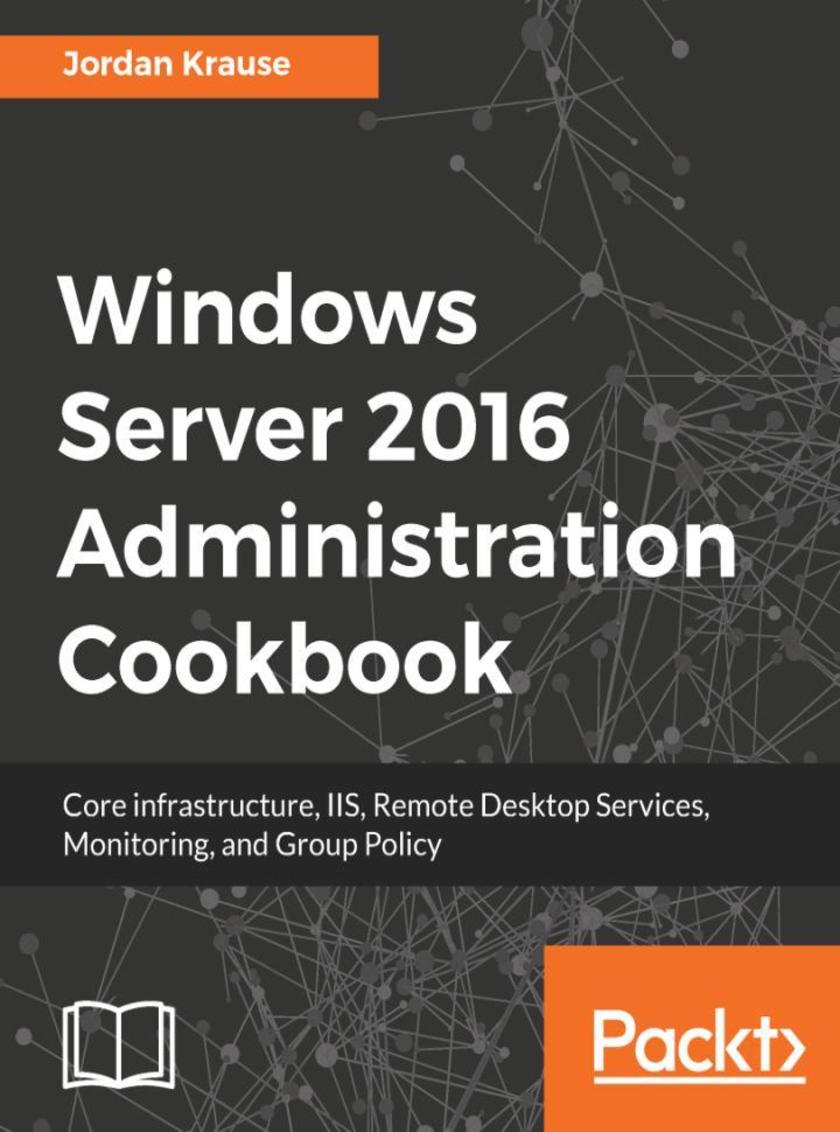
Windows Server 2016 Administration Cookbook
¥54.49
This book contains more than 65 recipes that will equip you with what you need to know to work with Windows 2016 Server. This book will help you learn how to administrate your Windows Server for optimal performance. About This Book ? A focussed guide to help you with the core functionalities of Windows Server 2016 ? Explore tasks that will help you build a datacenter from scratch using Windows Server 2016 ? Step-by-step instructions for common Windows Server administration duties Who This Book Is For This book is for system administrators or IT professionals who want the skills to manage and maintain the core infrastructure of a Windows Server 2016 environment.? Prior experience in Windows Server 2012 R2 environments will be helpful. What You Will Learn ? Become skilled in the navigation of Windows Server 2016, and explore the technologies and options that it provides ? Build the infrastructure required for a successful Windows Server network ? Move away from those open-source web server platforms and start migrating your websites to Server 2016's Internet Information Services today ? Provide a centralized point for users to access applications and data by confguring Remote Desktop Services ? Compose optimal Group Policies In Detail Windows Server 2016 is an operating system designed to run on servers. It supports enterprise-level data storage, communications, management, and applications. This book contains specially selected, detailed help on core, essential administrative tasks of Windows Server 2016. This book starts by helping you to navigate the interface of Windows Server 2016, and quickly shifts gears to implementing roles that are necessarily in any Microsoft-centric datacenter. This book will also help you leverage the web services platform built into Windows Server 2016, available to anyone who runs this latest and greatest Server operating system. Further, you will also learn to compose optimal Group Policies and monitor system performance and IP address management. This book will be a handy quick-reference guide for any Windows Server administrator, providing easy to read, step-by-step instructions for many common administrative tasks that will be part of any Server Administrator’s job description as they administer their Windows Server 2016 powered servers. The material in the book has been selected from the content of Packt's Windows Server 2016 Cookbook by Jordan Krause to provide a specific focus on key Windows Server administration tasks. Style and approach This book contains recipes that have been specially selected to help with the core, essential administrative tasks of Windows Server 2016.
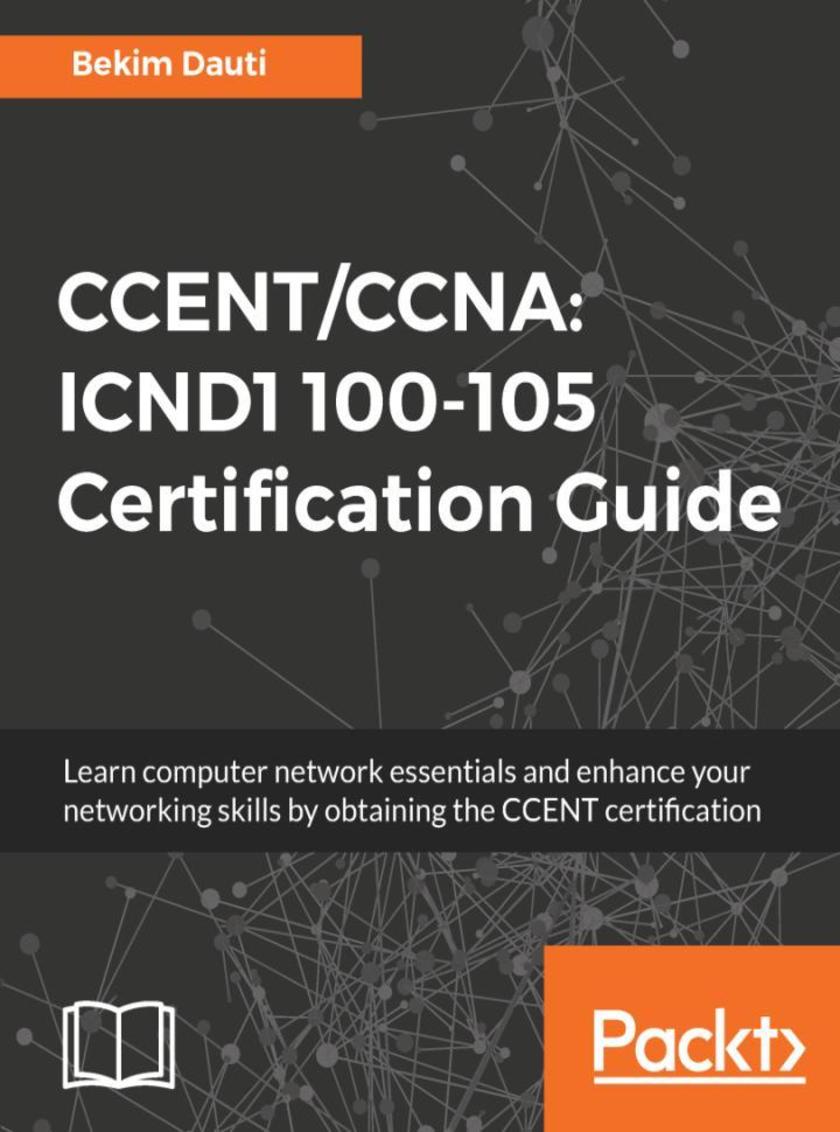
CCENT/CCNA: ICND1 100-105 Certification Guide
¥54.49
Become familiar with ICND1 (100-105) exam objectives, and learn how to get ready for the exam About This Book ? A step by step guide that will build you skills from basic concepts to completely understanding network communication ? Comprehensive coverage to help you implement the knowledge you've gained in real-world scenarios ? Take practice questions and mock tests to check how prepared you are for the CCENT exam Who This Book Is For If you are a Network Administrator, Network Technician, Networking professional, or would simply like to prepare for your CCENT certification, then this book is for you. Some basic understanding of networks and how they work would be helpful. Sufficient information will be provided to those new to this field. What You Will Learn ? Get to grips with the computer network concepts ? Understand computer network components and learn to create a computer network ? Understand switching and learn how to configure a switch ? Understand routing and learn how to configure a router ? Understand network services and the maintenance process ? Learn how to troubleshoot networking issues ? Become familiar with, and learn how to prepare for, the ICND1 100-105 exam In Detail CCENT is the entry-level certification for those looking to venture into the networking world. This guide will help you stay up-to date with your networking skills. This book starts with the basics and will take you through everything essential to pass the certification exam. It extensively covers IPv4 and IPv6 addressing, IP data networks, switching and routing, network security, and much more—all in some detail. This guide will provide real-world examples with a bunch of hands-on labs to give you immense expertise in important networking tasks, with a practical approach. Each chapter consists of practice questions to help you take up a challenge from what you have procured. This book ends with mock tests with several examples to help you confidently pass the certification. This Certification Guide consists of everything you need to know in order to pass the ICND 1 100-105 Exam, thus obtaining a CCENT certification. However, practicing with real switches and routers or a switch or router simulator will help you succeed. Style and approach This book is for everyone! It will help beginners who are taking their first steps into the world of computer networks. At the same time, this book can be used by intermediate and advanced network administrators to recap computer network concepts. It will be a handy certification guide for anyone who is studying and preparing to take the Interconnecting Cisco Networking Devices Part 1 (100-105) exam, thus obtaining CCENT certification, which will be a handy professional asset.
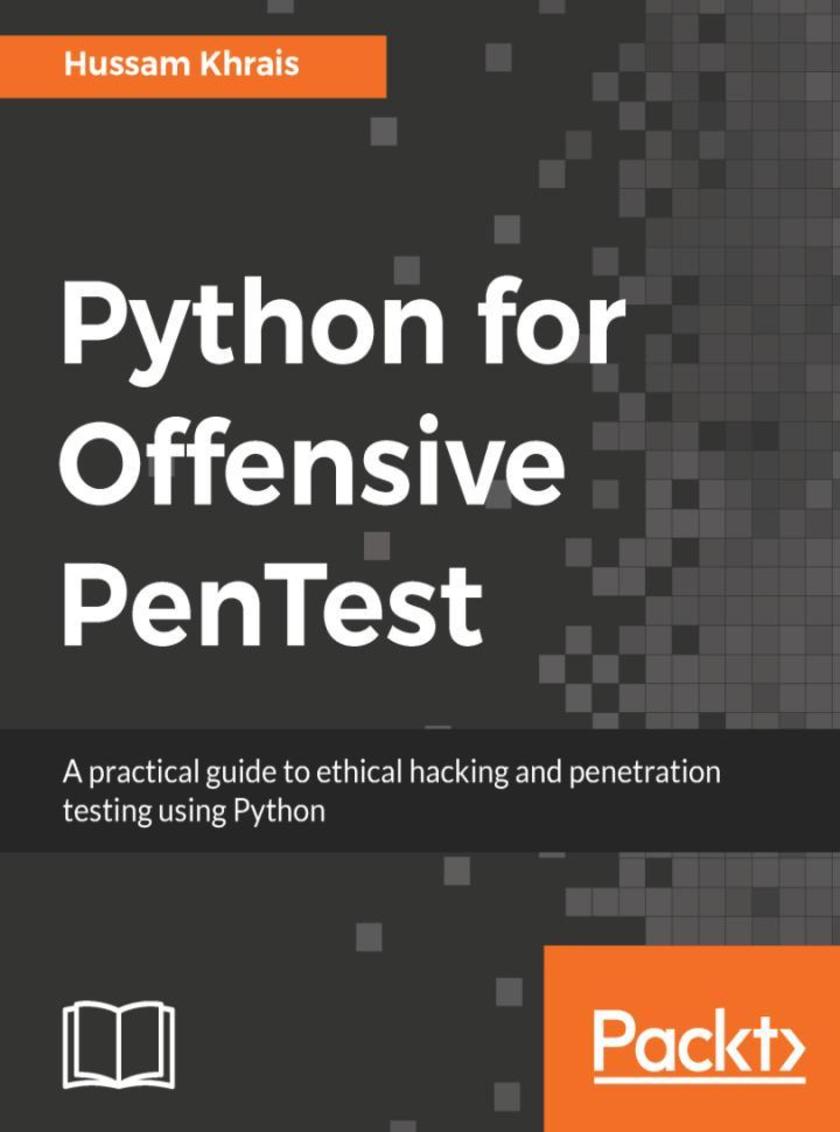
Python for Offensive PenTest
¥54.49
Your one-stop guide to using Python, creating your own hacking tools, and making the most out of resources available for this programming language About This Book ? Comprehensive information on building a web application penetration testing framework using Python ? Master web application penetration testing using the multi-paradigm programming language Python ? Detect vulnerabilities in a system or application by writing your own Python scripts Who This Book Is For This book is for ethical hackers; penetration testers; students preparing for OSCP, OSCE, GPEN, GXPN, and CEH; information security professionals; cybersecurity consultants; system and network security administrators; and programmers who are keen on learning all about penetration testing. What You Will Learn ? Code your own reverse shell (TCP and HTTP) ? Create your own anonymous shell by interacting with Twitter, Google Forms, and SourceForge ? Replicate Metasploit features and build an advanced shell ? Hack passwords using multiple techniques (API hooking, keyloggers, and clipboard hijacking) ? Exfiltrate data from your target ? Add encryption (AES, RSA, and XOR) to your shell to learn how cryptography is being abused by malware ? Discover privilege escalation on Windows with practical examples ? Countermeasures against most attacks In Detail Python is an easy-to-learn and cross-platform programming language that has unlimited third-party libraries. Plenty of open source hacking tools are written in Python, which can be easily integrated within your script. This book is packed with step-by-step instructions and working examples to make you a skilled penetration tester. It is divided into clear bite-sized chunks, so you can learn at your own pace and focus on the areas of most interest to you. This book will teach you how to code a reverse shell and build an anonymous shell. You will also learn how to hack passwords and perform a privilege escalation on Windows with practical examples. You will set up your own virtual hacking environment in VirtualBox, which will help you run multiple operating systems for your testing environment. By the end of this book, you will have learned how to code your own scripts and mastered ethical hacking from scratch. Style and approach This book follows a practical approach that takes a gradual learning curve, building up your knowledge about ethical hacking, right from scratch. The focus is less on theory and more on practical examples through a step-by-step approach.
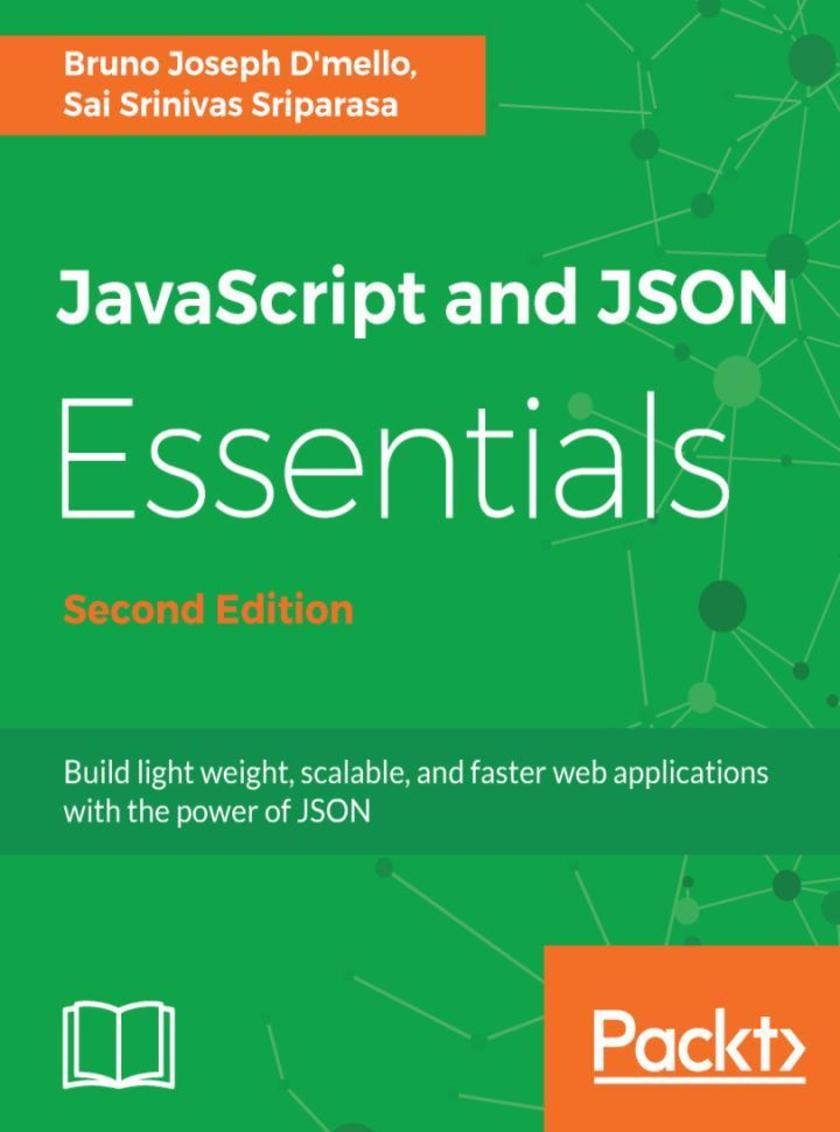
JavaScript and JSON Essentials
¥54.49
Use JSON for building web applications with technologies like HTML, JavaScript, Angular, Node.js, Hapi.js, Kafka, socket.io, MongoDB, Gulp.js, and handlebar.js, and others formats like GEOJSON, JSON-LD, MessagePack, and BSON. About This Book ? Use JSON with trending technologies like Angular, Hapi.js, MongoDB, Kafka, and Socket.io ? Debug, validate, and format JSON using developer toolkits, JSONLint, and JSON Editor Online ? Explore other JSON formats like GeoJSON, JSON-LD, BSON, and MessagePack Who This Book Is For If you’re a web developer with a basic understanding of JavaScript and want to write JSON data, integrate it with RESTful APIs to create faster and scalable applications, this book is for you. What You Will Learn ? Use JSON to store metadata for dependency managers, package managers, configuration managers, and metadata stores ? Handle asynchronous behavior in applications using callbacks, promises, generators, and async-await functions ? Use JSON for Angular 5, Node.js, Gulp.js, and Hapi.js ? Implement JSON as BSON in MongoDB ? Make use of JSON in developing automation scripts ? Implement JSON for realtime using socket.io and distributed systems using Kafka In Detail JSON is an established and standard format used to exchange data. This book shows how JSON plays different roles in full web development through examples. By the end of this book, you'll have a new perspective on providing solutions for your applications and handling their complexities. After establishing a strong basic foundation with JSON, you'll learn to build frontend apps by creating a carousel. Next, you'll learn to implement JSON with Angular 5, Node.js, template embedding, and composer.json in PHP. This book will also help you implement Hapi.js (known for its JSON-configurable architecture) for server-side scripting. You'll learn to implement JSON for real-time apps using Kafka, as well as how to implement JSON for a task runner, and for MongoDB BSON storage. The book ends with some case studies on JSON formats to help you sharpen your creativity by exploring futuristic JSON implementations. By the end of the book, you'll be up and running with all the essential features of JSON and JavaScript and able to build fast, scalable, and efficient web applications. Style and approach JavaScript and JSON Essentials, Second Edition, takes you on a fast-paced, hands-on journey through building lightweight, scalable and faster web applications with JSON.

Learning IoT with Particle Photon and Electron
¥54.49
Develop applications on one of the most popular platforms for IoT using Particle Photon and Electron with this fast-paced guide About This Book Get an introduction to IoT architecture, command-line build tools and applications of IoT devices and sensors Design and develop connected IoT applications using Particle Photon and Electron in a step-by-step manner, gaining an entry point into the field of IoT Get tips on troubleshooting IoT applications Who This Book Is For This book is for developers, IoT enthusiasts and hobbyists who want to enhance their knowledge of IoT machine-to-machine architecture using Particle Photon and Electron, and implement cloud-based IoT projects. What You Will Learn Setup the Particle Photon and Electron on the cloud using the command-line tools Build and deploy applications on the Photon and Electron using the Web-based IDE Setup a local cloud server to interact with Particle Photon and Electron Connect various components and sensors to Particle Photon and Electron Tinker with the existing firmware and deploy a custom firmware on the Photon and Electron Setup communication between two or more Particle Photon and Electron Debug and troubleshoot Particle Photon and Electron projects Use webhooks to communicate with various third-party server applications In Detail IoT is basically the network of physical devices, vehicles, buildings and other items—embedded with electronics, software, sensors, actuators, and network connectivity that enable these objects to collect and exchange data.. The number of connected devices is growing rapidly and will continue to do so over years to come. By 2020, there will be more than 20 billion connected devices and the ability to program such devices will be in high demand. Particle provides prototyping boards for IoT that are easy to program and deploy. Most importantly, the boards provided by Particle can be connected to the Internet very easily as they include Wi-Fi or a GSM module. Starting with the basics of programming Particle Photon and Electron, this book will take you through setting up your local servers and running custom firmware, to using the Photon and Electron to program autonomous cars. This book also covers in brief a basic architecture and design of IoT applications. It gives you an overview of the IoT stack. You will also get information on how to debug and troubleshoot Particle Photon and Electron and set up your own debugging framework for any IoT board. Finally, you’ll tinker with the firmware of the Photon and Electron by modifying the existing firmware and deploying them to your boards. By the end of this book, you should have a fairly good understanding of the IoT ecosystem and you should be able to build standalone projects using your own local server or the Particle Cloud Server. Style and approach This project-based guide contains easy-to-follow steps to program Particle Photon and Electron. You will learn to build connected applications with the help of projects of increasing complexity, and with each project, a new concept in IoT is taught.
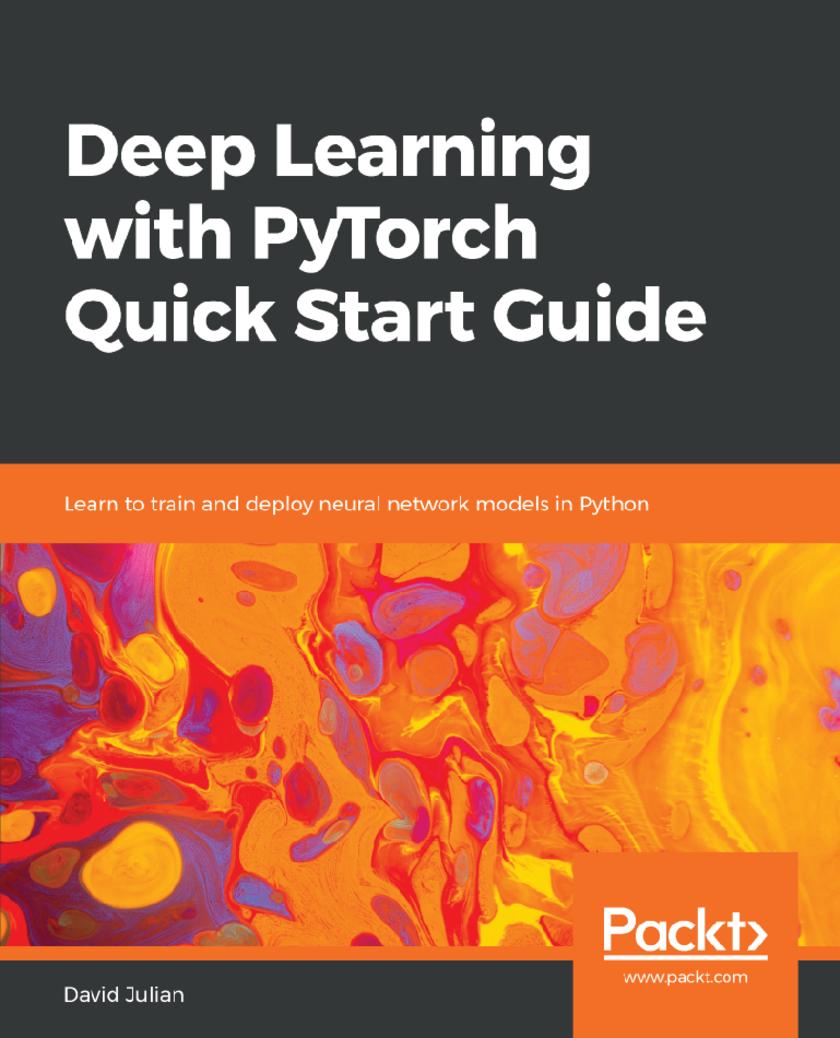
Deep Learning with PyTorch Quick Start Guide
¥54.49
Introduction to deep learning and PyTorch by building a convolutional neural network and recurrent neural network for real-world use cases such as image classification, transfer learning, and natural language processing. Key Features *Clear and concise explanations *Gives important insights into deep learning models *Practical demonstration of key concepts Book Description PyTorch is extremely powerful and yet easy to learn. It provides advanced features, such as supporting multiprocessor, distributed, and parallel computation. This book is an excellent entry point for those wanting to explore deep learning with PyTorch to harness its power. This book will introduce you to the PyTorch deep learning library and teach you how to train deep learning models without any hassle. We will set up the deep learning environment using PyTorch, and then train and deploy different types of deep learning models, such as CNN, RNN, and autoencoders. You will learn how to optimize models by tuning hyperparameters and how to use PyTorch in multiprocessor and distributed environments. We will discuss long short-term memory network (LSTMs) and build a language model to predict text. By the end of this book, you will be familiar with PyTorch's capabilities and be able to utilize the library to train your neural networks with relative ease. What you will learn *Set up the deep learning environment using the PyTorch library *Learn to build a deep learning model for image classification *Use a convolutional neural network for transfer learning *Understand to use PyTorch for natural language processing *Use a recurrent neural network to classify text *Understand how to optimize PyTorch in multiprocessor and distributed environments *Train, optimize, and deploy your neural networks for maximum accuracy and performance *Learn to deploy production-ready models Who this book is for Developers and Data Scientist familiar with Machine Learning but new to deep learning, or existing practitioners of deep learning who would like to use PyTorch to train their deep learning models will find this book to be useful. Having knowledge of Python programming will be an added advantage, while previous exposure to PyTorch is not needed.
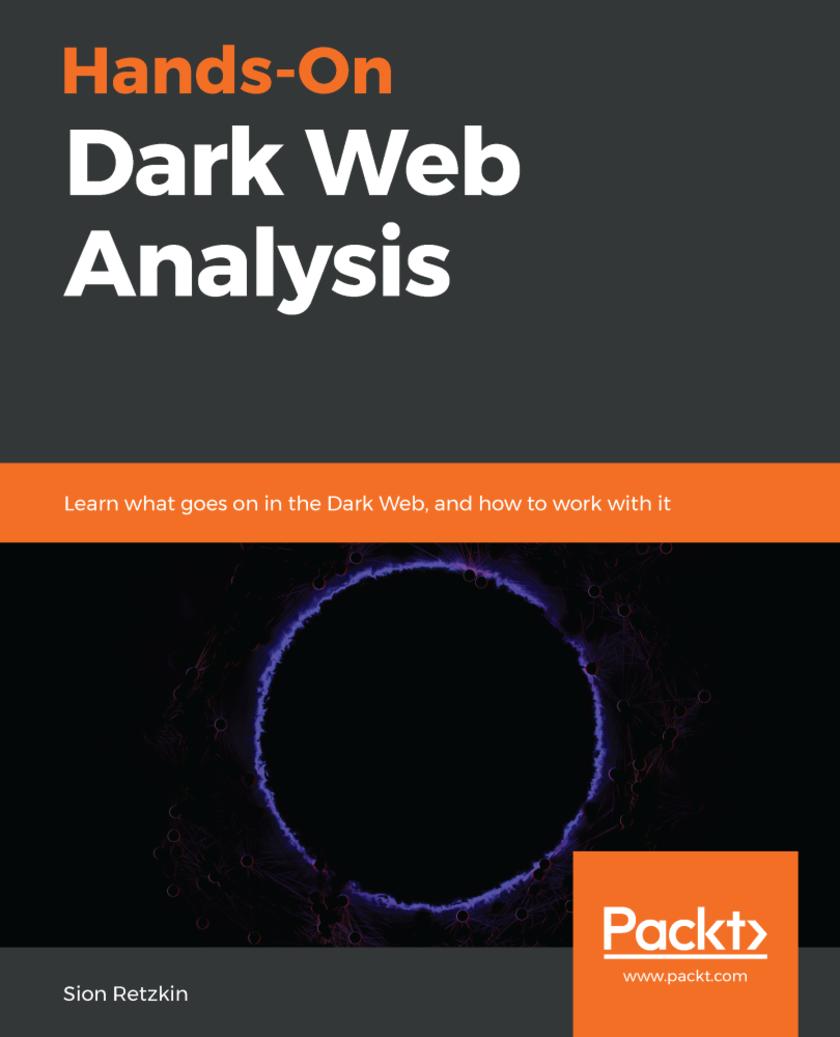
Hands-On Dark Web Analysis
¥54.49
Understanding the concept Dark Web and Dark Net to utilize it for effective cybersecurity Key Features *Understand the concept of Dark Net and Deep Web *Use Tor to extract data and maintain anonymity *Develop a security framework using Deep web evidences Book Description The overall world wide web is divided into three main areas - the Surface Web, the Deep Web, and the Dark Web. The Deep Web and Dark Web are the two areas which are not accessible through standard search engines or browsers. It becomes extremely important for security professionals to have control over these areas to analyze the security of your organization. This book will initially introduce you to the concept of the Deep Web and the Dark Web and their significance in the security sector. Then we will deep dive into installing operating systems and Tor Browser for privacy, security and anonymity while accessing them. During the course of the book, we will also share some best practices which will be useful in using the tools for best effect. By the end of this book, you will have hands-on experience working with the Deep Web and the Dark Web for security analysis What you will learn *Access the Deep Web and the Dark Web *Learn to search and find information in the Dark Web *Protect yourself while browsing the Dark Web *Understand what the Deep Web and Dark Web are *Learn what information you can gather, and how Who this book is for This book is targeted towards security professionals, security analyst, or any stakeholder interested in learning the concept of deep web and dark net. No prior knowledge on Deep Web and Dark Net is required




 购物车
购物车 个人中心
个人中心



